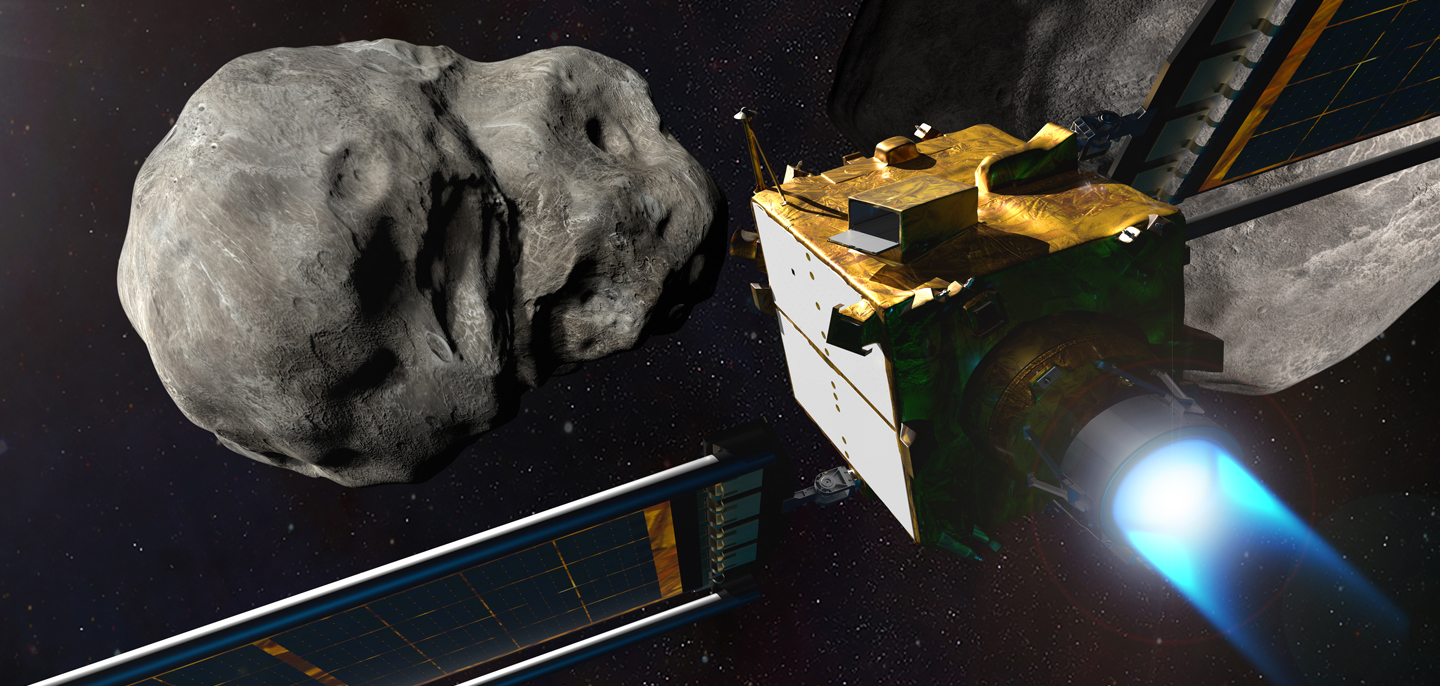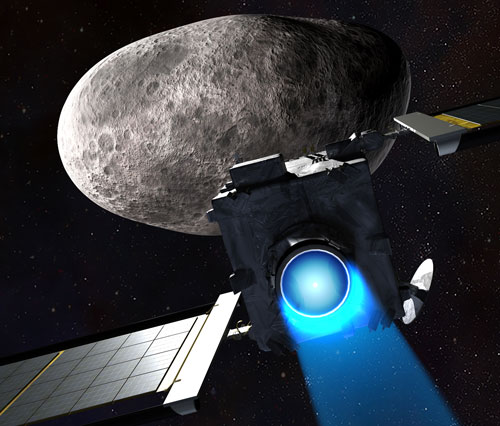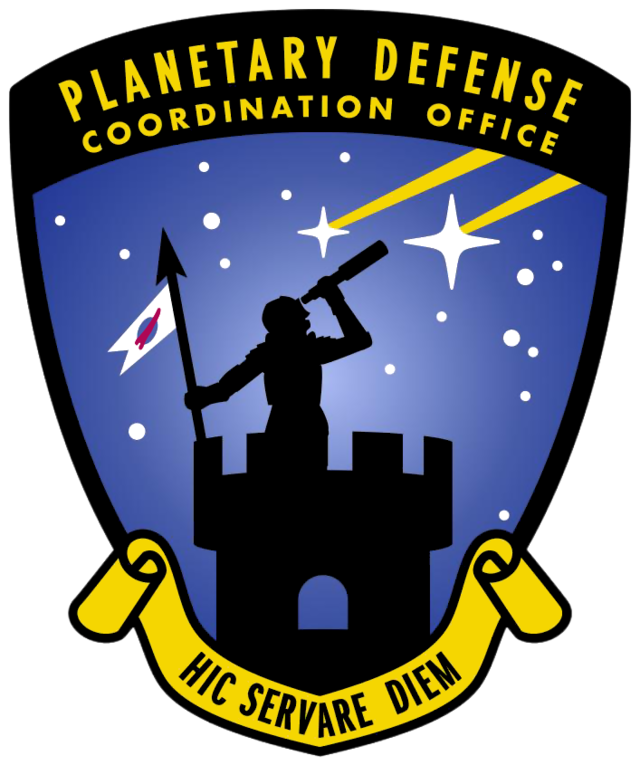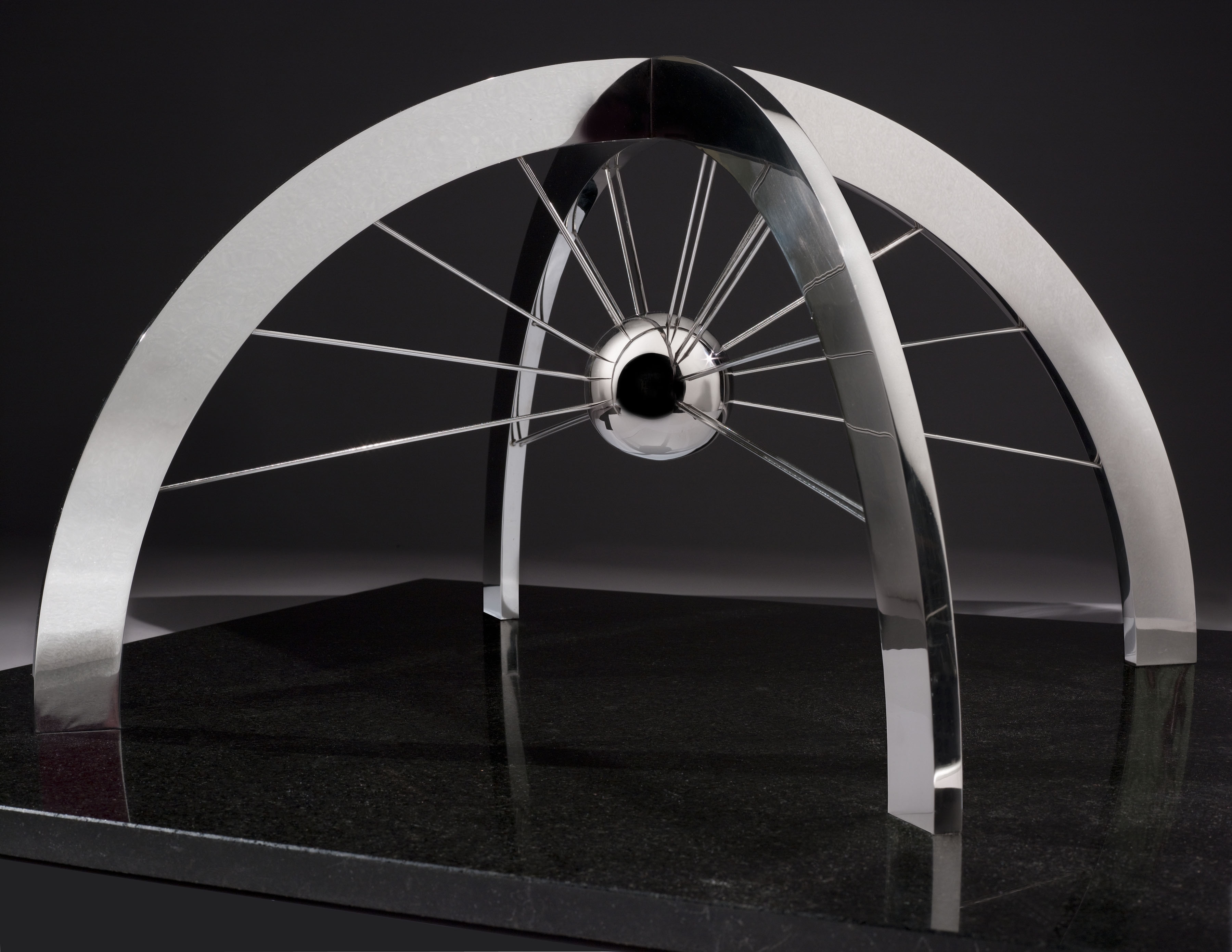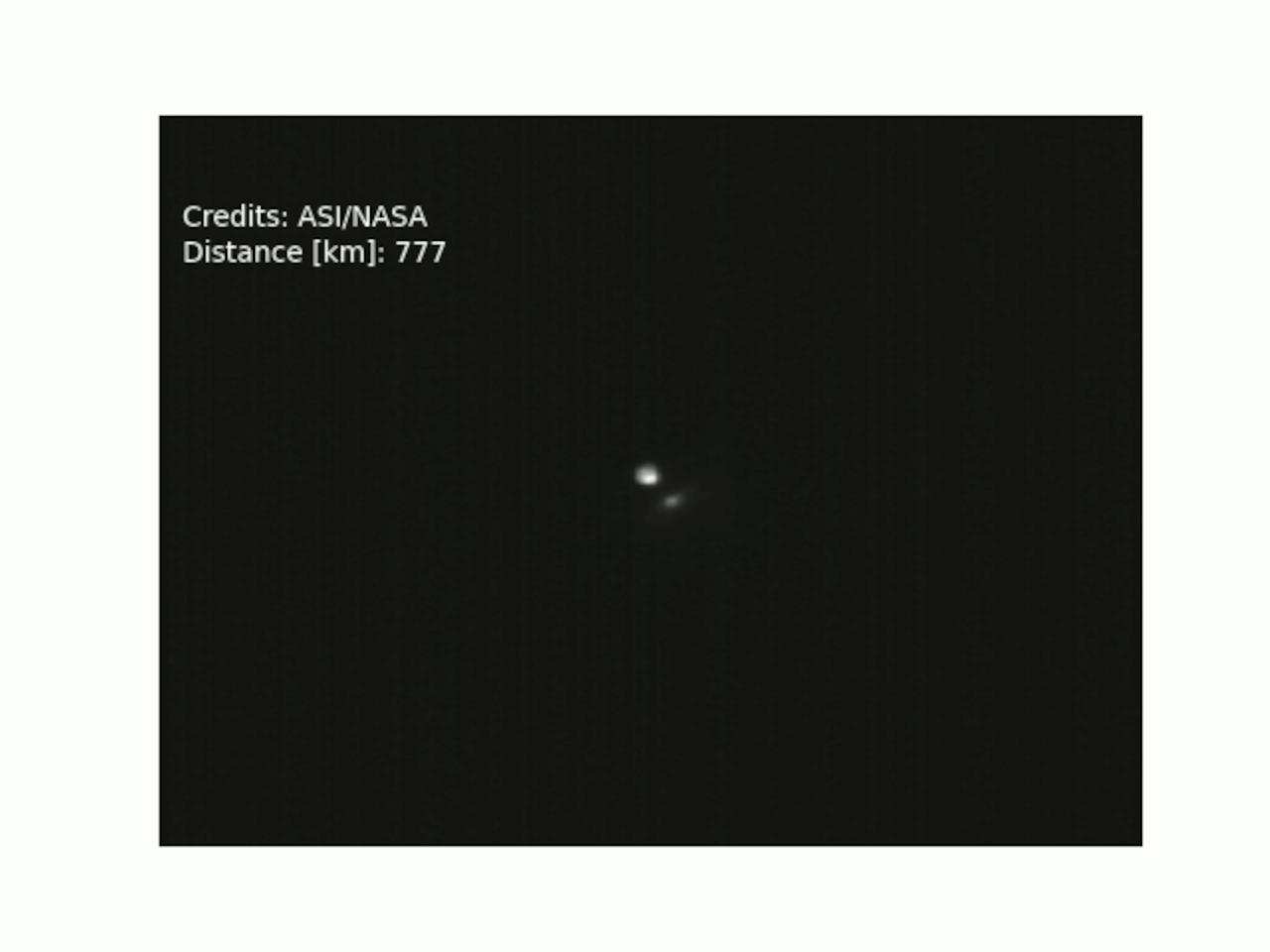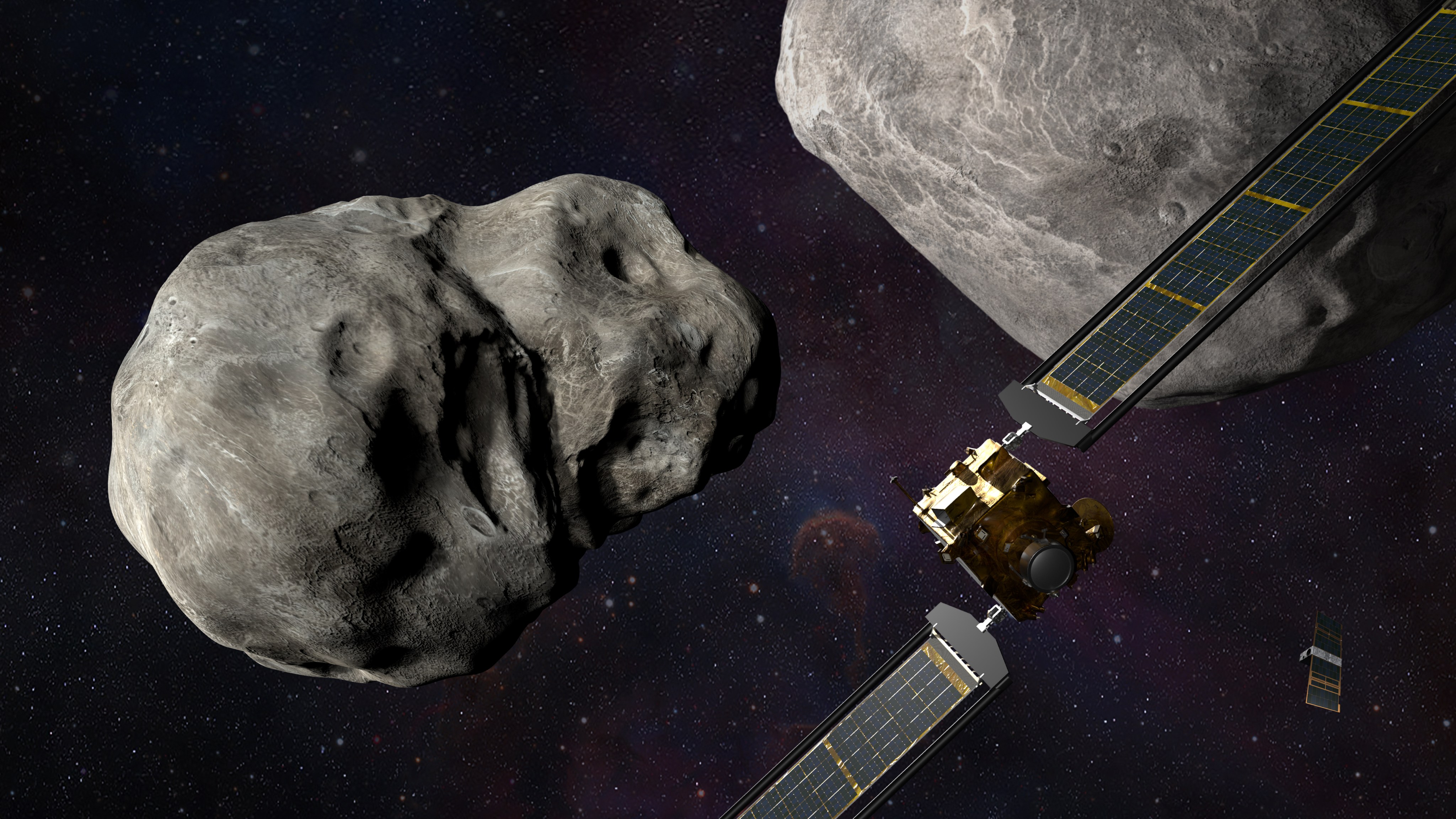Overview
Asteroid Didymos and its small moonlet Dimorphos make up what’s called a binary asteroid system – meaning the small moon (Dimorphos) orbits the larger body (Didymos).
The two asteroids are not a threat to Earth, but because they do pass relatively close to Earth, they were chosen as the target for NASA’s Double Asteroid Redirection Test (DART) mission – the agency's first mission to test planetary defense technology. This technology could one day be used to deflect hazardous asteroids on a collision course with Earth.
DART deliberately impacted Dimorphos on Sept. 26, 2022. NASA announced on Oct. 11, 2022,that analysis of data obtained by DART’s investigation team showed the spacecraft's kinetic impact with its target asteroid, the moonlet Dimorphos, successfully altered the smaller asteroid’s orbit. This marked the first time humanity had purposely changed the motion of a celestial object, and it was the first full-scale demonstration of asteroid deflection technology.
NASA Study: Asteroid’s Orbit, Shape Changed After DART Impact
After NASA’s historic Double Asteroid Redirection Test, a JPL-led study has shown that the shape of asteroid Dimorphos has changed…
Read the Story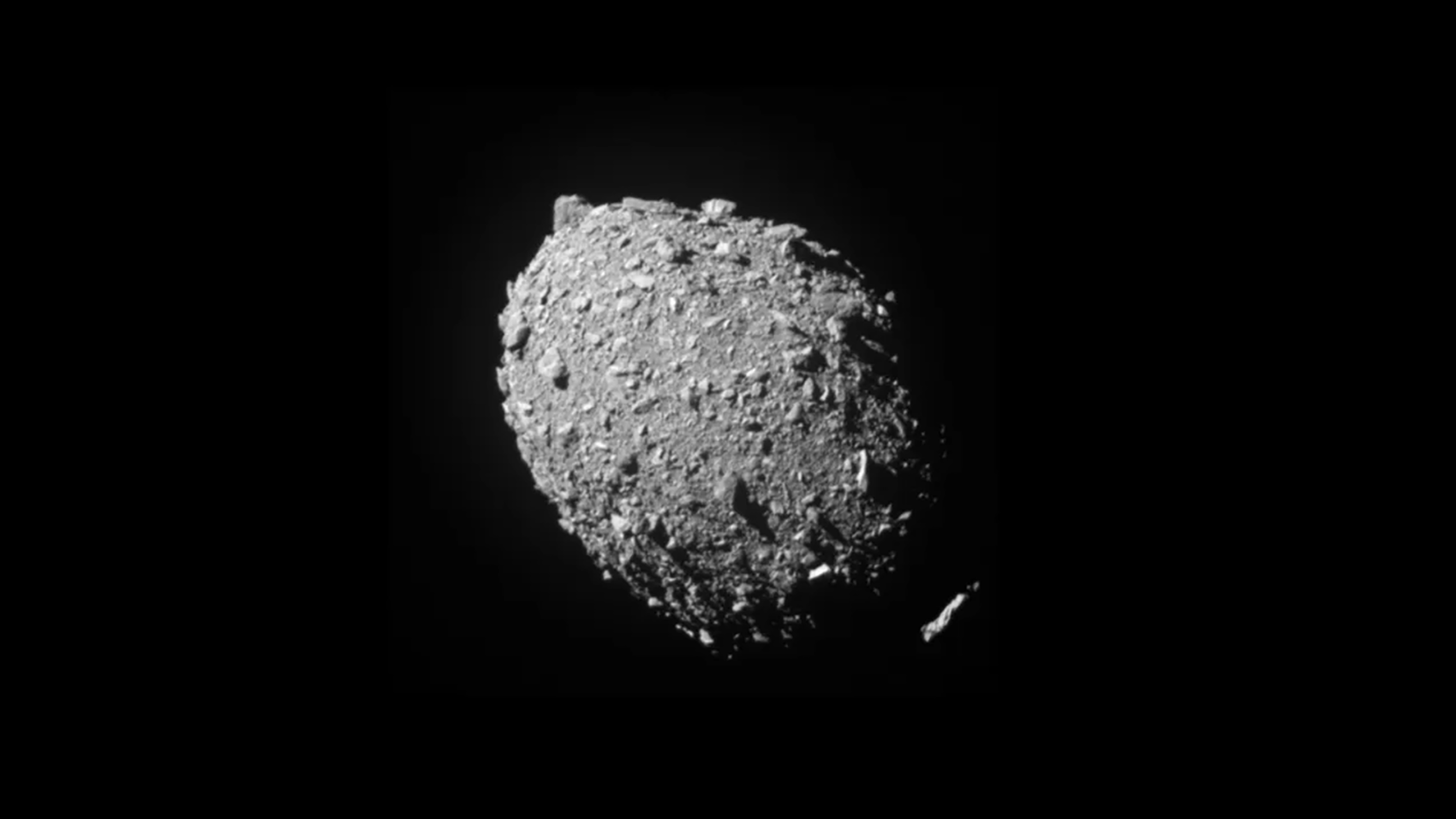
Exploration
Didymos – which means "twin" in Greek – was discovered on April 11, 1996, by researcher Joseph Montani of Spacewatch at Kitt Peak National Observatory in Tucson, Arizona. Montani also suggested the name.
Indications arose that Didymos might have a moon after scientists spotted multiple echoes in data from NASA's Goldstone Solar System Radar, located in the Mojave Desert near Barstow, California. The suspicions were confirmed by analyzing optical light curves – telescopic observations showing the brightness of an object over a period of time – along with radar images from the Arecibo Observatory in Puerto Rico taken on Nov. 23, 2003.
NASA's DART mission launched to Didymos at 1:21 a.m. EST on Nov. 24, 2021, on a SpaceX Falcon 9 rocket from Vandenberg Air Force Base in California.
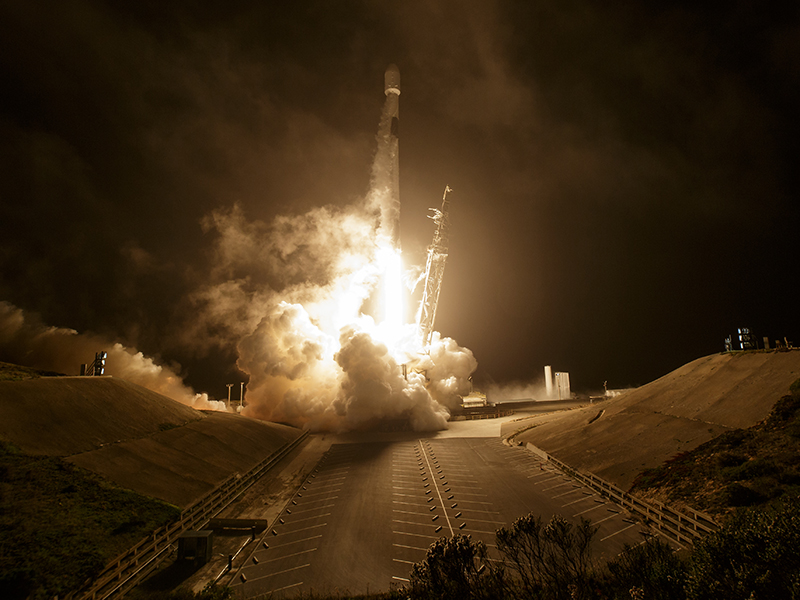
DART intercepted the smaller moonlet asteroid at 7:14 p.m. EDT on Sept. 26, 2022. DART impacted Dimorphos at high speed – about 4 miles or 6.6 kilometers per second. Dimorphos was about 6.8 million miles (11 million kilometers) from Earth at the time of DART's impact.
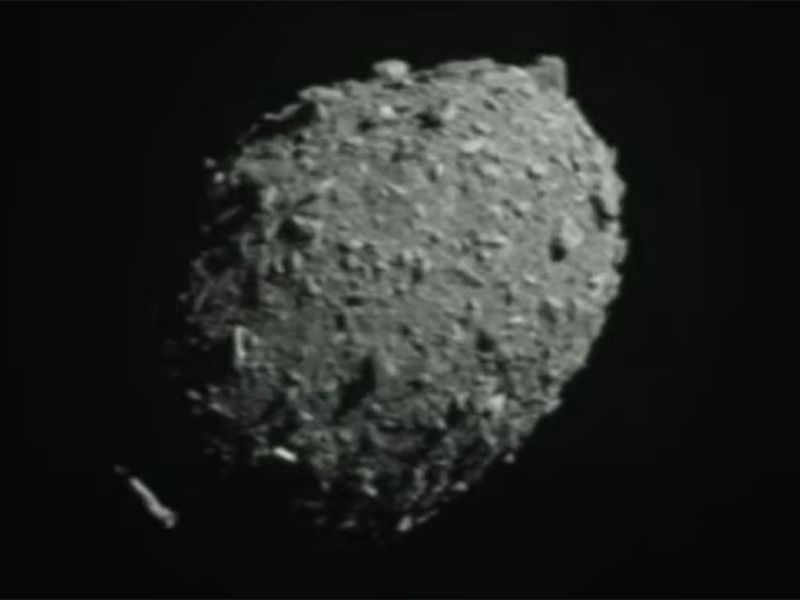
The goal of the mission was to determine how much DART's impact altered the moonlet’s velocity in space by measuring the change in its orbit around Didymos.
Prior to DART’s impact, it took Dimorphos 11 hours and 55 minutes to orbit Didymos. After DART’s intentional collision with Dimorphos on Sept. 26, 2022, astronomers used telescopes on Earth to measure how much that time had changed. The investigation team confirmed the spacecraft’s impact altered Dimorphos’ orbit around Didymos by 32 minutes, shortening the 11-hour and 55-minute orbit to 11 hours and 23 minutes. (This measurement has a margin of uncertainty of approximately plus or minus 2 minutes.)
Before its encounter, NASA had defined a minimum successful orbit period change of Dimorphos as a change of 73 seconds or more. The early data showed DART surpassed this minimum benchmark by more than 25 times.
“This result is one important step toward understanding the full effect of DART’s impact with its target asteroid,” said Lori Glaze, director of NASA’s Planetary Science Division at NASA Headquarters in Washington. “As new data come in each day, astronomers will be able to better assess whether, and how, a mission like DART could be used in the future to help protect Earth from a collision with an asteroid if we ever discover one headed our way.”
The investigation team is still acquiring data from ground-based observatories around the world – as well as with radar facilities at NASA Jet Propulsion Laboratory’s Goldstone planetary radar in California and the National Science Foundation’s Green Bank Observatory in West Virginia. They are updating the period measurement with frequent observations to improve its precision.
The images of DART’s impact were streamed live back to Earth as the spacecraft plunged into Dimorphos. The camera was DART’s only onboard instrument. Called DRACO (Didymos Reconnaissance and Asteroid Camera for Optical navigation), the high-resolution imager was based on the New Horizons spacecraft’s LORRI instrument. Before impact, DRACO helped DART navigate to the Didymos system.
DART also had a passenger – a small spacecraft contributed by the Italian Space Agency (ASI). The shoebox-sized LICIACube (Light Italian CubeSat for Imaging of Asteroids) split apart from DART several days before DART’s impact with the moonlet. LICIACube captured images of the impact and material (ejecta) kicked up from the moonlet.
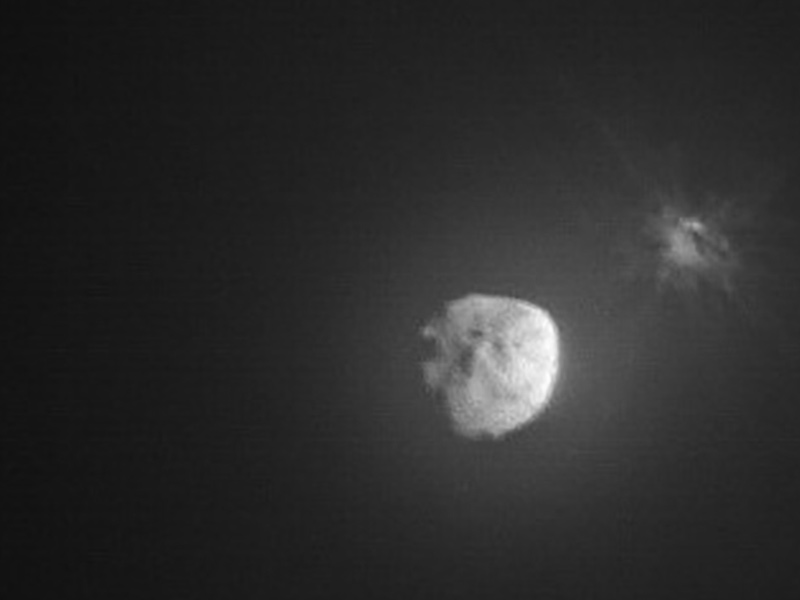
Size and Distance
Didymos, the larger asteroid of the binary pair (also called Didymos A) is about a half mile (780 meters) in diameter. The moonlet, Dimorphos (Didymos B), is about 525 feet (160 meters) in diameter.
As it orbits the Sun, the asteroid pair comes close to Earth's orbit, occasionally approaching relatively close to our planet. In 2003, it passed only 0.048 AU from Earth. (One astronomical unit, abbreviated as AU, is the distance from the Sun to Earth.) At its farthest, when Didymos is on the opposite side of the Sun from Earth, a bit beyond the orbit of Mars, it is about 3 AU away.
Orbit and Rotation
The orbit of Didymos ranges from just outside the orbit of Earth (about 1 AU) to a bit beyond the orbit of Mars (about 2.27 AU) and is slightly inclined with respect to the plane of the planets (called the ecliptic), by about 3 degrees. It takes 2.11 years to make each trip around the Sun.
Didymos is classified as a member of the Amor group of asteroids, named after asteroid 1221 Amor. (For the technically minded, the Amors are near-Earth asteroids with orbits outside the orbit of Earth in which half the long axis of their orbital ellipse, referred to as the semi-major axis, is between 1 AU and 1.3 AU [that is, interior to Mars’ orbit].)
Didymos spins rapidly – rotating about once every 2.26 hours. The DART investigation team confirmed the spacecraft’s Sept. 26, 2022, impact altered Dimorphos’ orbit around Didymos by 32 minutes, shortening the 11-hour and 55-minute orbit to 11 hours and 23 minutes. This measurement has a margin of uncertainty of approximately plus or minus 2 minutes.
Structure
Didymos is shaped like a spinning top with a raised ridge running along its equator – a shape that’s common among binary asteroids. It’s thought that the asteroid’s rapid spin drives material toward the equator causing a bulge in the middle.
Before DART, not much was known about the structure of Dimorphos. Scientists are studying data from the spacecraft to learn more about both asteroids.
Formation
Whether binary asteroids all form the same way or by many different processes isn’t yet known. The rapid spin of Didymos suggests that the moonlet may have been formed through a process called rotational fission, in which material is shed from the asteroid due to its fast rotation. Didymos is thought to have started spinning faster because infrared light was emitted unevenly from its Sun-warmed surface, resulting in a twisting force, or torque. Over millions of years, this process could have built up enough momentum to release material from the surface, which then gathered into the moonlet. But other possibilities haven’t been conclusively ruled out.
Surface
As the data and images from DART are studied in the coming months, scientists will be able to tell us more about the surfaces of Didymos and Dimorphos. Before DART, scientists thought they might have surfaces similar to asteroids that have been visited by spacecraft, like asteroids Bennu and Ryugu. Both of these asteroids have extremely rough surfaces full of boulders of various sizes. They lack the fine-grained regolith, or loose, dust-rich outer material, that is seen on Earth’s Moon and on other asteroids.
Moons
Didymos has one moon called Dimorphos.


